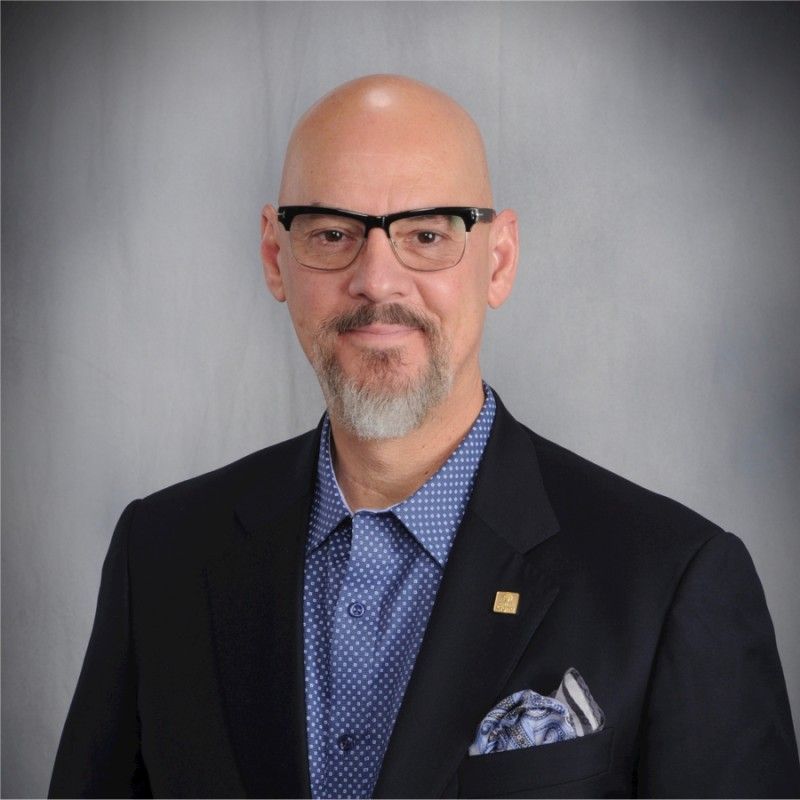Rethinking care for the most frail patients | Joe Nicholson
With a closed loop approach, providers can help ensure vulnerable populations receive the right care at the right time in the most cost-effective manner.
Closed loop communication is a defined strategy that’s frequently used in complex environments, such as acute care settings, to reliably exchange critical information quickly and concisely.
Joe Nicholson, chief medical officer of CareAllies

With this technique, an individual shares information with another person and the receiver repeats the information back and asks any follow-up questions to gain clarity. The person initiating the communication confirms the message has been understood and closes the loop on the interaction.
This structured approach ensures key details don’t slip through the cracks. It also serves as an efficient way to verify and cross-check information.
What if we applied this same closed-loop strategy more broadly, using the theory behind it to guide how we continuously care for our communities’ frailest patients?
These patients often have complex care needs. They frequently have multiple chronic conditions along with significant economic and environmental challenges. They may or may not have seen their doctor recently, or they may have multiple physicians who don’t share information with one another.
For these patients to receive the best possible treatment in the timeliest fashion, health care organizations need to efficiently share information about these individuals, respond to any gaps in their care, and make sure nothing slips through the cracks.
By using a closed-loop approach to this multifaceted process, organizations could see:
- Better patient outcomes because providers are less likely to miss critical care needs;
- Lower care costs because interventions are more proactive, and there is less inadvertent care duplication;
- Smoother patient experiences because people can access the right treatments more efficiently;
- Increased likelihood that patients are more engaged in their care long term, and;
- Better communications between providers and health plans to strengthen care planning and coordination.
How can we apply a closed-loop approach to care for the frailest patients? It requires several foundational elements.
Data to help providers clearly understand the patient’s care needs.
Claims data reveal the complete care a patient has received across providers. However, the information can be delayed, which makes it less actionable. Electronic health record (EHR) data is timelier, but less comprehensive because it doesn’t include information from providers outside the network.
To get the best of all worlds, organizations should use claims and EHR data in conjunction with admit, discharge, transfer data (ADT), which offers real-time information about patients who enter and exit acute settings and who may require immediate follow-up care. Pulling data from these diverse sources into one location allows for the most effective decision-making.
Easy access to the information, so care team members can close care gaps promptly.
Merely supplying the data is not enough. Information needs to be presented to the right care team member at the right time in their existing workflow, so they can be aware of the potential care gap and respond to it right away.
Information may go to a physician, a nurse, a care coordinator, a health advocate, or another resource. Data should be clear and actionable, so the care team member knows exactly what to do next. Depending on the information, this may involve ordering tests, scheduling physicals or screenings, supplying patient education, arranging for home health equipment, reviewing documentation, and other critical interventions.
A care team to support meaningful interventions that engage patients.
Sometimes a patient’s care needs are so significant that a team of resources is necessary, and this is especially true for frail patients.
Care coordinators can shepherd a patient through the complex health system, making sure they get the tests, screenings, and specialist appointments they need. Health advocates can help address social and environmental factors that may be preventing a patient from accessing care. This may involve coordinating meals, tackling transportation issues, helping identify opportunities to reduce medication costs, and so on.
Nurse practitioners may be tapped to complete physicals and help with documentation, while nurses provide patient education. When a team of caregivers works together and shares information to support the patient, they can often spot potential issues earlier and intervene before they become larger problems.
Clear documentation that accurately reflects health risks and treatment.
Precisely describing patient risk, care needs, and treatment interventions ensure the health care organization is capturing the seriousness of the patient’s condition and what is being done to address their issues.
By sharing that information back with the health plan, the provider can make certain the payer is on the same page about the patient’s risks and care needs. The health plan can then provide the proper support and the practice can bring on added resources to effectively care for their fragile population. This communication brings things full circle—closing the loop on care gaps and ensuring that care going forward is consistent, appropriate, and efficient.
Closing the Loop Supports More Reliable Care
This approach can help ensure vulnerable populations receive the right care at the right time in the most cost-effective manner.
When providers can identify care gaps easily, intervene in a meaningful way, comprehensively record any interventions, and communicate effectively with the health plan about the patient and their care, they can start to improve outcomes for every patient—especially the most frail patients.
Joe Nicholson is chief medical officer at CareAllies, a Cigna company.